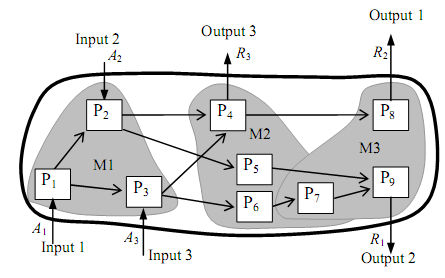Abstract: As the description of design requirements at the earlier design stage is inaccurate and vague, it is difficult to figure out functional structure of a product and make sense product configuration. Therefore, it plays an important role to formally represent the process of design for product development in the conceptual design stage. Furthermore, port, as the location of intended interaction, is crucial to capture component concept and realize conceptual design for multi-solution generation. Agent is considered as an effective approach to collaboratively implementing design problem solving and reasoning. Combining both port and agent may be employed to generate new concepts of the product in order to customize product scheme varieties. In this paper, the product module attributes are firstly described. The objective is to implement modeling of design process for obtaining system new concepts to guide multi-solution generation. Secondly, an effective approach to decomposing design process is presented to describe the process of structure generations and product decomposition by formal representation. According to properties of modularity for product development and component connections, we can calculate the number of component connections and density of components. In addition, product module division and coupling degree analysis are conducted, and coupling degrees are calculated by considering the correspondence ratio and the cluster independence. A port-based knowledge building process is described for functional modeling. A port-agent collaborative design framework is given and describes different agent functions to help designers to obtain new design schemes. Finally, a case study is presented to describe the modeling process of conceptual design.
Authors: Dongxing Cao, Karthik Ramani, Ming Wang Fu, and Runli Zhang
Published in Proceedings of the ASME 2010 International Design Engineering Technical Conferences & Computers and Information in Engineering Conference IDETC/CIE 2010 August 15-18, 2010, Montreal, Quebec, Canada
Download paper here.


